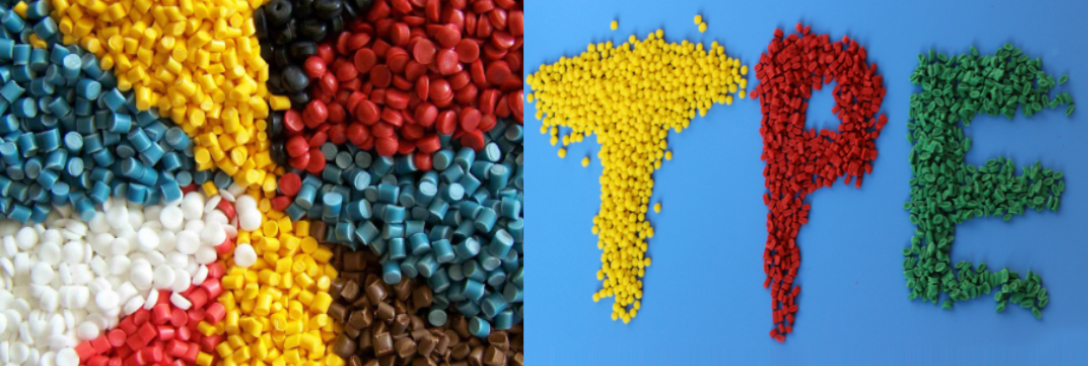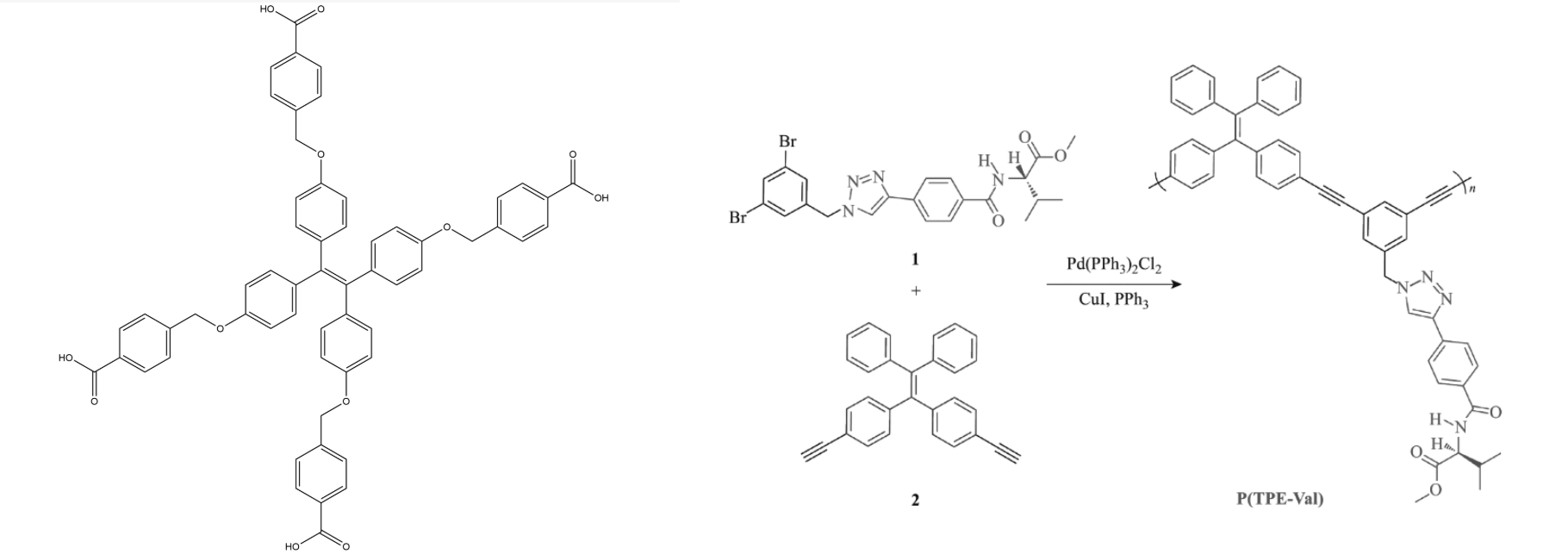What conditions affect the viscosity of TPE?
1. Intrinsic Material Properties
1.1 Molecular Weight and Distribution
The molecular weight of TPE significantly impacts viscosity. Higher molecular weight polymers have longer chains, leading to increased entanglement and stronger intermolecular forces, resulting in higher viscosity.
Molecular weight distribution also plays a critical role. A narrow distribution results in more uniform chain lengths, promoting smoother flow and lower viscosity. Conversely, a broad distribution leads to uneven flow behavior due to entanglement between long and short chains, increasing viscosity and causing processing inconsistencies.

1.2 Molecular Structure and Functional Groups
The presence of polar functional groups (e.g., hydroxyl, carboxyl, or amino groups) enhances intermolecular interactions such as hydrogen bonding, increasing viscosity. Non-polar TPEs, which rely on weaker van der Waals forces, typically exhibit lower viscosity.
Additionally, chain regularity and branching influence viscosity. Linear chains with low branching flow more easily, reducing viscosity, while highly branched or irregular structures impede flow, increasing viscosity.
2. Additives and Their Effects
2.1 Low-Molecular-Weight Additives
Additives such as mineral oil act as internal lubricants, reducing intermolecular friction and lowering viscosity. However, excessive use can degrade mechanical properties (e.g., tensile strength, hardness) and affect aging resistance.
2.2 Plasticizers and Lubricants
Plasticizers increase chain separation, reducing viscosity and improving flexibility. Overuse may lead to migration or volatilization, compromising long-term stability.
Lubricants enhance surface smoothness, reducing mold adhesion and improving flow. Their impact depends on TPE formulation and processing conditions.
3. Processing Conditions
3.1 Temperature
Increasing temperature within the optimal range reduces viscosity by enhancing chain mobility. However, excessive heat can cause degradation, oxidation, or burning, adversely affecting material properties.
3.2 Shear Rate
Higher shear rates align polymer chains, reducing viscosity. However, excessive shear can generate heat, leading to thermal degradation. The effect varies with TPE composition—rigid segments respond differently than flexible ones.
3.3 Pressure
High injection pressures increase shear but also compress molecular chains, potentially increasing viscosity. Balancing pressure and shear is crucial for uniform mold filling and avoiding defects.

4. Environmental Factors
4.1 Moisture and Humidity
Excess moisture vaporizes during processing, causing bubbles and structural defects, which increase viscosity variability. Pre-drying TPE pellets is essential for consistent processing.
4.2 Oxygen and Contaminants
Oxidation degrades polymer chains, reducing viscosity over time. Airborne contaminants (dust, oil) increase internal friction, raising viscosity and impairing surface quality.
5. Post-Processing Treatments
5.1 Heat Treatment
Controlled heating induces crosslinking, improving mechanical properties but potentially increasing viscosity. Over-treatment leads to chain scission and material degradation.
5.2 Surface Modification (Corona, Plasma Treatment)
These techniques alter surface energy, improving adhesion or smoothness. While primarily affecting surface properties, they can indirectly influence flow behavior in subsequent processing steps.
Conclusion
TPE viscosity is governed by material composition, additives, processing parameters, and environmental conditions. Optimizing these factors ensures consistent flow behavior while maintaining desired mechanical and thermal properties. Proper selection of molecular weight, additives, and processing conditions is essential for achieving the desired balance between viscosity and performance.
